Introduction to sculpture was a module that looked at the manipulation of new and found materials. This manipulation was to stretch both us and the material, stretching and growing both our knowledge of the material, and how comfortable we were with it. Within the plaster project, the consistency of material was played within the techniques of relief mould, two-part mould, alginate casts, and a basic flat cast. I wanted to create pieces that create both the senses of confusion, but also an element of comfort. This was inspired by the work of Tiffany April, whose installation and painting work provided calmness, but also confusion. My sketchbook designs were based around this, but were often drawn up after creating the plaster element. This prevented planning, so that I could completely be at one with the plaster, instead of following a plan.
Sticking My Pieces to You has introduced the manipulation and exploration of materials, developing ideas around bodily and world views. The ripped maps on the plaster head highlights the ‘unnatural’ contours of the face, ones that people may not see, adding a layer of movement that brings you around the head. The use of text within the piece was unique and added a strange juxtaposition between the torn up maps of the world, showing chaos and destruction, and the calm and orderly chocolate pot.
Overall, I was very pleased with the plaster head project. It allowed me to explore the use of plaster in a different environment, and stretched what I thought it was capable of doing. The balance of the piece, I believe to be successful, as the piece shows the delicacy of the world that we currently live in, while giving us some piece of mind with a hot chocolate.


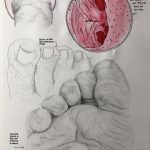
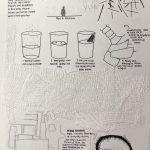
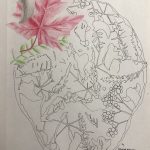
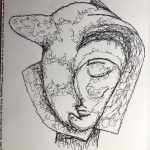
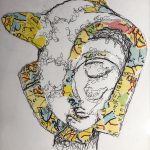
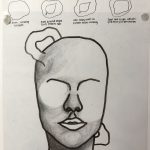
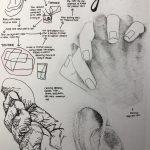
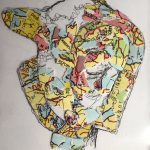
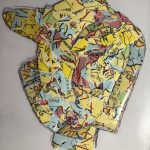
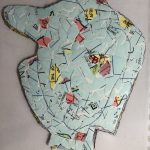
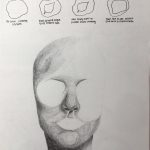
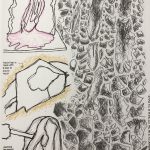
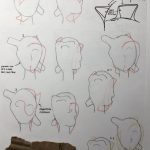
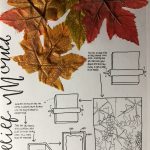
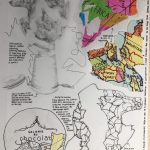
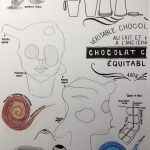
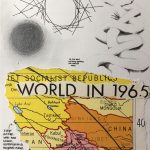
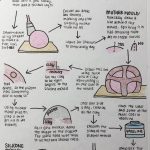
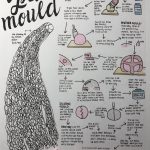
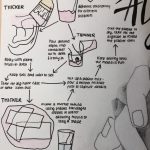
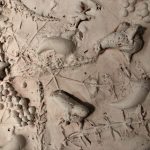
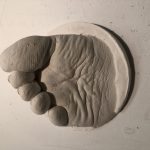
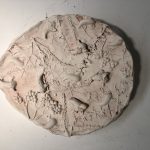
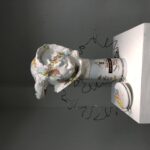
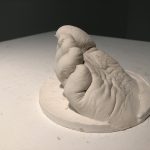

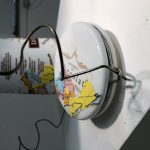
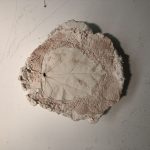

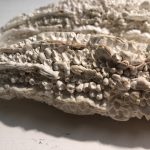
Leave a Reply